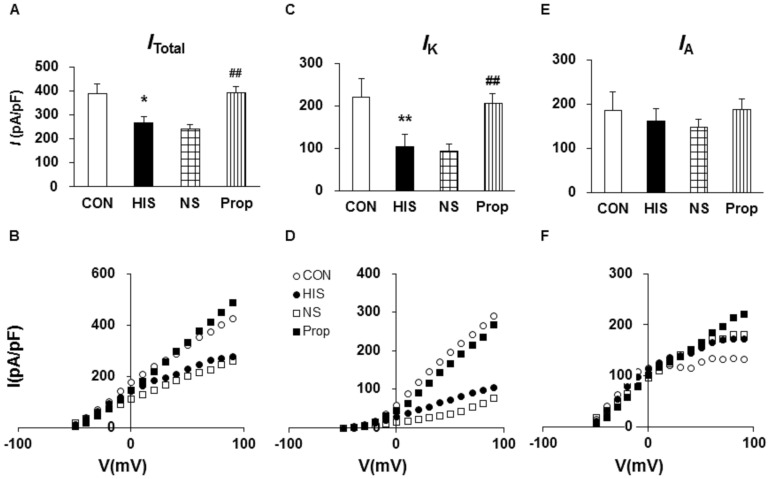Figure 5. Administration of propranolol increased voltage-gated potassium current.
Currents were measured at different holding potentials. For recording total voltage-gated potassium current (I Total), the membrane potential was held at −100 mV and voltage steps were from −50 to +90 mV with10-mV increments and 400 ms duration. For recording the sustained KV current (I K), the membrane potential was held at −50 mV and the voltage steps were the same as above. Currents generated by these two protocols were subtracted to produce I A. Bar graphs showed the mean peak I Total (A), I K (C), and I A (E) densities from control (CON), HIS, NS- and Prop-treated HIS (Prop) rats. The current density (pA/pF) was calculated by dividing the current amplitude by cell membrane capacitance. (A) HIS produced a significant reduction in I Total while Prop treatment caused a significant increase in I Total (*p<0.05, compared with CON, two sample t-Test; ##p<0.01, compared with NS). (B) HIS led to a significant decrease in I K while administration of Prop resulted in a marked potentiation in I K density (*p<0.05, compared with CON, two sample t-Test; ##p<0.01, compared with NS). (E) The I A density was not significantly altered after HIS and Prop treatment. (B, D, F) Current (I)-Voltage (V) curves for I Total (B), I K (D), and I A (F) recorded from control, HIS, NS- and Prop-treated HIS rats. HIS treatment did not significantly change the reversal potentials of these currents.

